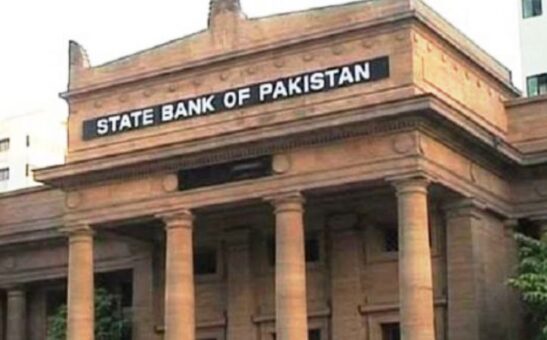KARACHI: The State Bank of Pakistan (SBP) on Tuesday said it will issue monetary policy statement on Friday March 19, 2021. A poll suggested that the central bank likely to keep policy rate unchanged at 7 percent.
However, some participants polled the policy rate might be increased by 25 basis points to 50 basis points in the upcoming monetary policy meeting.
The Topline Securities conducted the poll of key financial market participants over their views on the upcoming Monetary Policy Statement (MPS) of Mar 19, 2021.
A total of 118 participants took part in the latest poll, compared to 94 in Jan-2021 poll which was conducted for Jan-2021 MPS.
Of the 118 participants, 82 percent expect no change in the Policy Rate in the Mar 19, 2021 MPS. In previous poll, 75 percent of the participants were expecting no change.
In total, 18 percent of the participants are expecting increase in Policy Rate. Around 11 percent are expecting increase of 25 basis points and 4 percent are expecting hike of 50 basis points.
In last the poll, 19 percent of the participants were expecting an increase in Policy Rate.
Regarding cumulative hike in 2021, 65 percent respondents have voted for rate hike between 25-100 basis points. Similarly, 24 percent people expect rate hike in range of 125-200 basis points.
Surprisingly, 8.5 percent of the participants yet expect no change in policy rate during 2021.
We are also expecting no change in the Policy Rate in the March 2021 MPS, while we expect increase in Policy Rate by 100 basis points in 2021.
On inflation front, 70 percent participants believe that during 2021 inflation will average between 8-10 percent, while 16 percent believe inflation will average lower than 8 percent. Rest of the participants believe, inflation will clock in above 10 percent during 2021.
We believe change in views towards increase in Policy Rate going forward is owing to (1) likely restoration of IMF program over next couple of weeks wherein energy tariffs are likely to be adjusted upwards and (2) rising international oil and commodity prices (sugar, scrap, palm oil etc.)
